Tall plane trees, hanging baskets and pavement cafes line pedestrianised Wind Street as it passes the ruined castle. I don’t know what I expected Swansea to look like but it wasn’t quite this.
My preconceptions were partly based on Dylan Thomas’s “ugly, lovely town” by the sea, “white-horsed and full of fishes”. After three hours on an air-conditioned Great Western Railways train from London, I’m striding past the 17th-century No Sign bar towards the city’s five-mile-long beach.
Any lingering doubts about Swansea as a holiday base are dispelled when I reach Morgan’s Hotel near the marina. The Edwardian building, with its dome and grand staircase, was once the offices of the Port Authority. The decor nods to its maritime history with stained-glass boats, wave-form lamps and an anchor on the stairs; my high-ceilinged, wood-floored bedroom is cool and elegant.
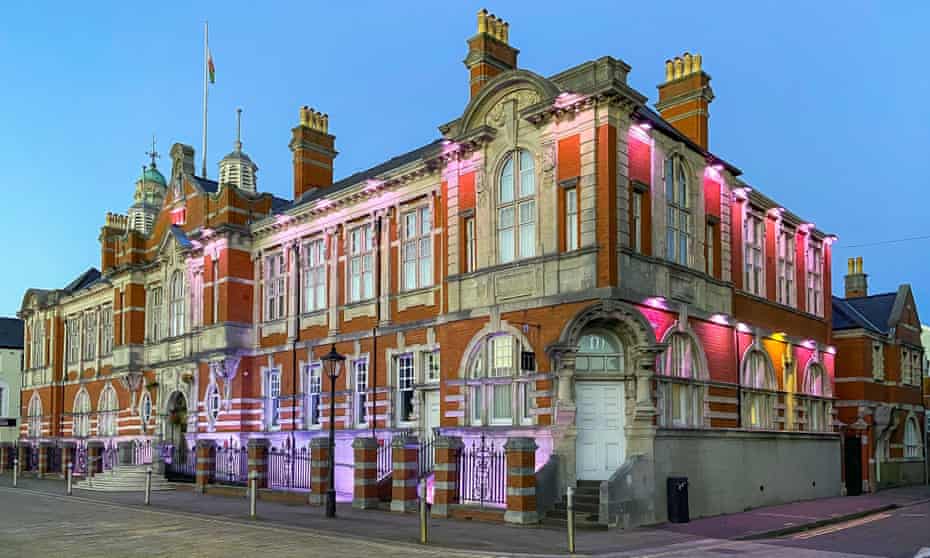
Almost next door, Swansea Museum reopened in June (free, book ahead). Inside its Victorian neoclassical mansion is a jumble of treasures: a wassailing bowl for mulled wine, a mammoth’s tooth from a local cave, the gilded cockerel from a church weather vane, a wooden devil carved by an embittered architect, a still-sharp ancient spearhead found in Swansea Bay. Fans of Mackenzie Crook’s Detectorists will love the collection of finds assembled by a Swansea metal detecting group, including a Viking pin that a postman dug up on the beach.
The nearby National Waterfront Museum (free, book ahead), celebrating three centuries of Welsh industry, is a great contrast in style. Its slate-and-glass halls, opened in 2005, house state-of-the-art audiovisual exhibits with giant quotes from Thomas on the walls. One line of poetry, “Sailed and set dazzling by the handshaped ocean”, is painted above model ships at the end of a cavernous, colour-changing maritime gallery. I have an ice-cream in the museum’s waterside cafe and head round the marina, which is teeming with fish, for a dip in the sea.
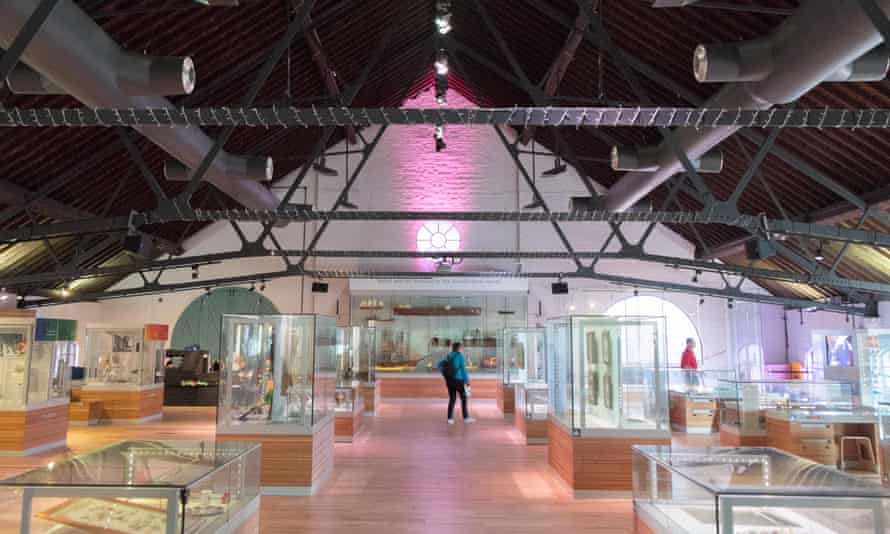
A few hours later, I’m watching the sun sink over the deep blue harbour from the open window of El Pescador and cracking the claws of a Gower brown crab to dip in aioli. The Spanish music, the smell of garlic and fresh fish frying, the boats backed by pine-covered hillside: it’s not too hard to imagine I’m somewhere Mediterranean. A fillet of sea trout (known in Wales as sewin) arrives with prawns, mussels and salt-glazed new potatoes in paprika-peppery Canarian mojo sauce (two-course dinner £16.95). I look wistfully at a pudding menu that features homemade custard tart or churros with hot chocolate, but have to pass and stroll slowly back past the sunset-gold boats, the bronze waterside statue of young Thomas and his creation, blind seafarer Captain Cat.
“How’s it above? / Is there rum and laverbread?” two of Thomas’s drowned characters ask Captain Cat in Under Milk Wood. There is plenty of laverbread (boiled, pureed seaweed – sludgy and ocean-tasting) for sale next morning in Swansea Market, the largest indoor market in Wales. Carol Watts took over her family’s shellfish stall here 27 years ago. She and her sister Jo both live in Penclawdd, eight miles away, where the cockles are still raked from the low-tide sands, as they have been since Roman times. Carol remembers when the cockles were brought ashore by donkey and recommends laverbread on toast, with pasta, in a quiche, or as part of a Welsh breakfast alongside cockles fried in bacon fat.
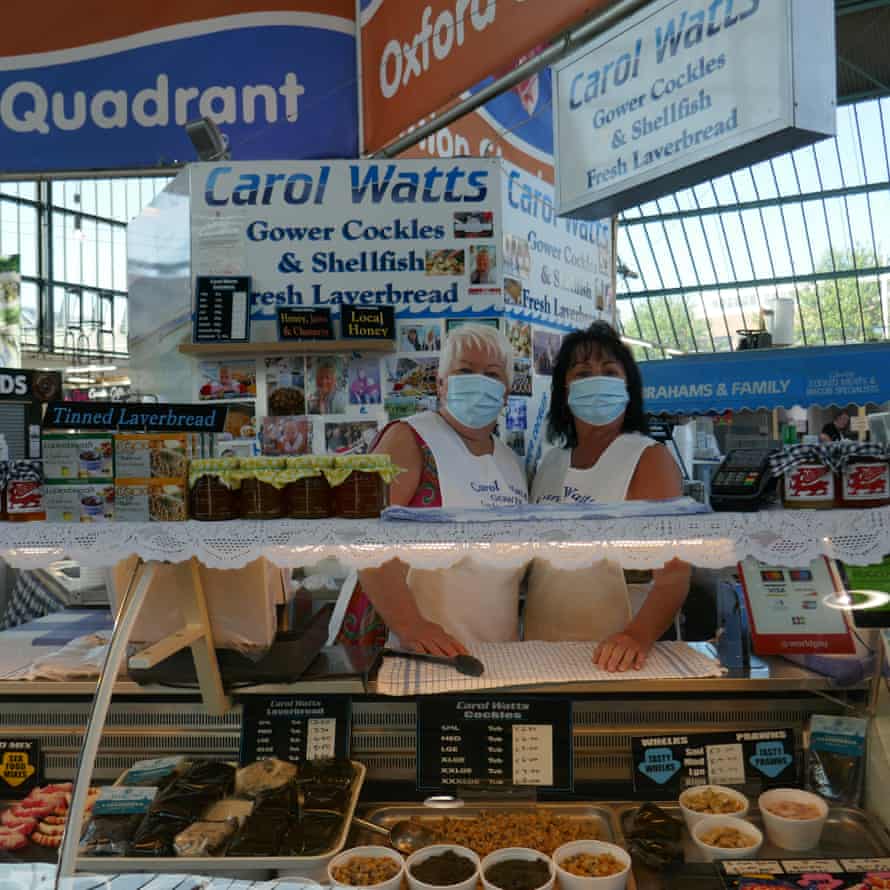
I take a couple of raisin-dotted welshcakes, cooked on the hotplate of a stall nearby, for a picnic, and catch bus 118 from the nearby bus station to the village of Penmaen. It’s half an hour’s ride away on the lovely Gower peninsula.
VisitSwanseaBay has a list of walking routes you can reach by bus. The short ones are mostly circular, so drivers can use them, too. With no parked car to get back to, I adapt the Penmaen route and make it linear. Following the panoramic Wales Coast Path a mile or so eastwards, through bracken and pink spires of rosebay willowherb, I climb down the sandy track to Three Cliffs Bay, past carpets of samphire and purple sea lavender.
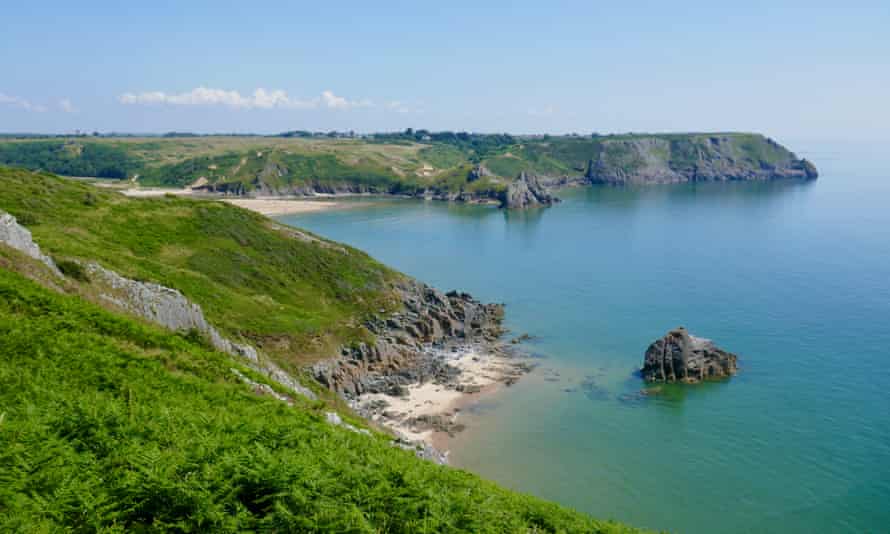
The coast path crosses the Pennard Pill stream on stepping stones (except at high tide), but by the time I get there, I want nothing more than to take off my walking boots and wade towards the sea. The Bristol Channel has the world’s second-highest tidal range and Gower beaches change dramatically every six hours. I’ve been swimming for 20 minutes near a cave under the three crags that give the bay its name before I realise the tide is rising and hurry to rescue my boots from their rocky island. Cooler now, I follow the grassy bank of Pennard Pill, with the ruins of a medieval castle on the hill above, and wind through shady woods to Parkmill, home of Gower Heritage Centre (£2 for car-free visitors).
Part craft centre, part farm, part museum of rural life, this huge visitor attraction starts with a working 12th-century watermill and stretches along a stream, past goats, chickens, weaving and wood-turning workshops, and cascades of nasturtiums. It’s become a hub for local businesses, including bike repair, bread-making at Little Valley Bakery, and jewellery. Richie Saunders has been making cider here, using an antique press and apples from the orchards, since 2011. He recently opened a shop in the centre, selling his flagship Mill House cider and fruity new Shed of Heaven.
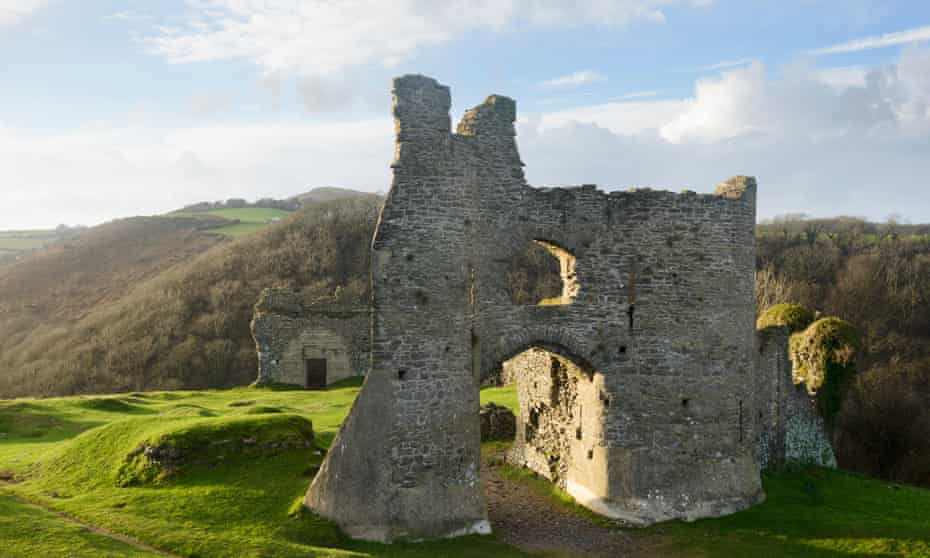
On the way back to Swansea, I get off the bus in the suburb of Uplands, where Thomas grew up – the stop is outside the Uplands Tavern, which served him his first beer – and head down to the coast. At the Secret Beach Bar, I enjoy a jewel-bright plate of heritage tomatoes on toast and a view of what Thomas calls the “long and splendid curving shore”.
With sea breezes, views of the 18th-century Mumbles lighthouse, waving kids and smiling parents, open-topped buses feel like 2021’s ideal transport: plenty of ventilation and a holiday vibe. South Wales has two new open-toppers this year: bus 1 leaves Swansea and runs beside the beach to Bracelet Bay, just beyond Mumbles lighthouse. From here, on my last day, I walk a mile on the coast path and spot seals below, bobbing and basking near a kayaker. I’m soon sitting under an umbrella outside Langland’s Brasserie, overlooking the long sands and low green cliffs of Langland Bay, eating herb-crusted cod with crispy cockles and homemade gelato with dark amarena cherries (two-course lunch £19.95).
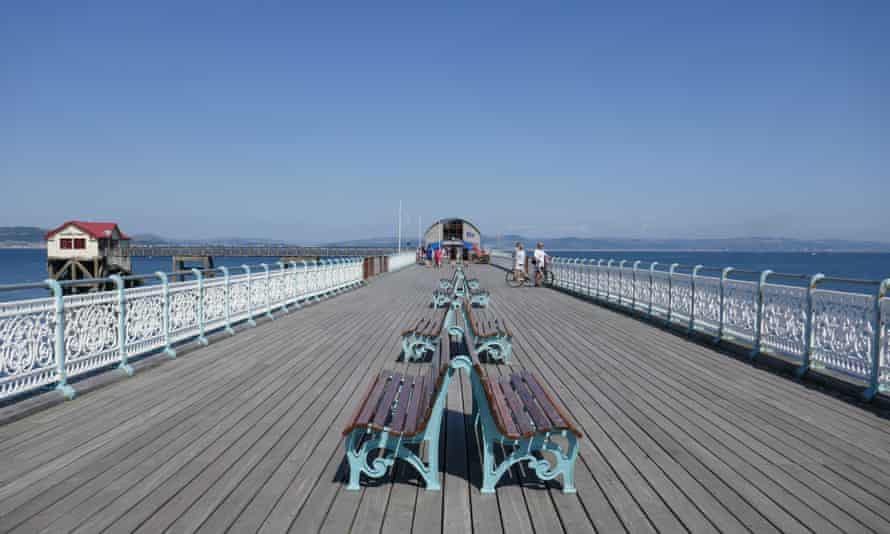
In characterful Mumbles itself, there are coffee shops, more art and craft galleries than you can shake a lovespoon at, and a Victorian pier. Paddleboarders are drifting and holiday cyclists ride rented bikes from seafront stands (from £1 for 30 mins, santandercycles.co.uk/swansea). Swansea Bay Without a Car has tips for cycle routes and sustainable exploring. I have just time for another swim before I head to Swansea station. Passing a leaf sculpture and fountain opposite the castle, I see it has a Thomas quote carved round the rim about sailing a leaf boat down “an ecstatic line of light”. It feels like a suitable epilogue to three sparkling days.




